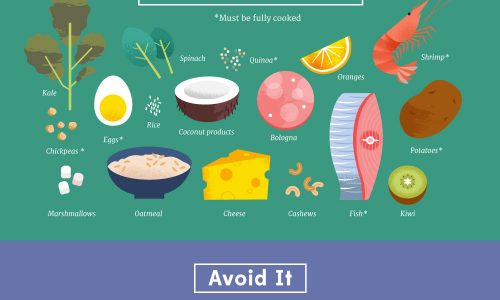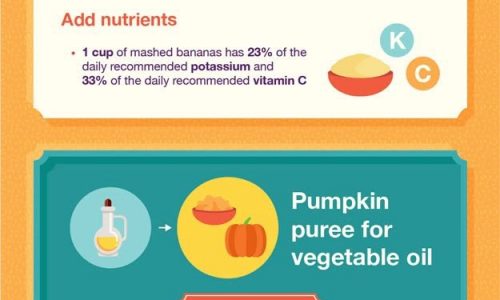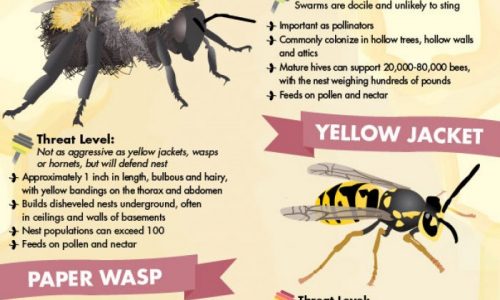
I’ve mentioned before that I’m useless before my morning cup of coffee, but I know caffeine has real side effects and withdrawal symptoms. So what’s the difference between a harmless habit and an addiction?
Habits are formed based on rewards, according to this infographic. Your brain goes into autopilot, you go for whatever it is your brain is looking for, and then your brain feels rewarded.
It takes over two months for a habit––good or bad––to form. Now I know why my New Year’s resolutions tend to fail. I didn’t stick with them for long enough.
Interestingly enough, bad habits are often an outlet for stress. Some examples include biting your nails, pulling your hair or clenching your jaw.
If your outlet is drugs or alcohol, the habit may affect the brain’s reward circuits. Addiction occurs after a person is unable to cope without the drug.
This infographic also explores how addictive popular drugs are. Fascinatingly enough, caffeine is considered more addictive than marijuana.
While we’ve discussed popular drugs, there’s another addiction that isn’t often talked about: sugar. What does sugar addiction do to the body? Click here to find out.





